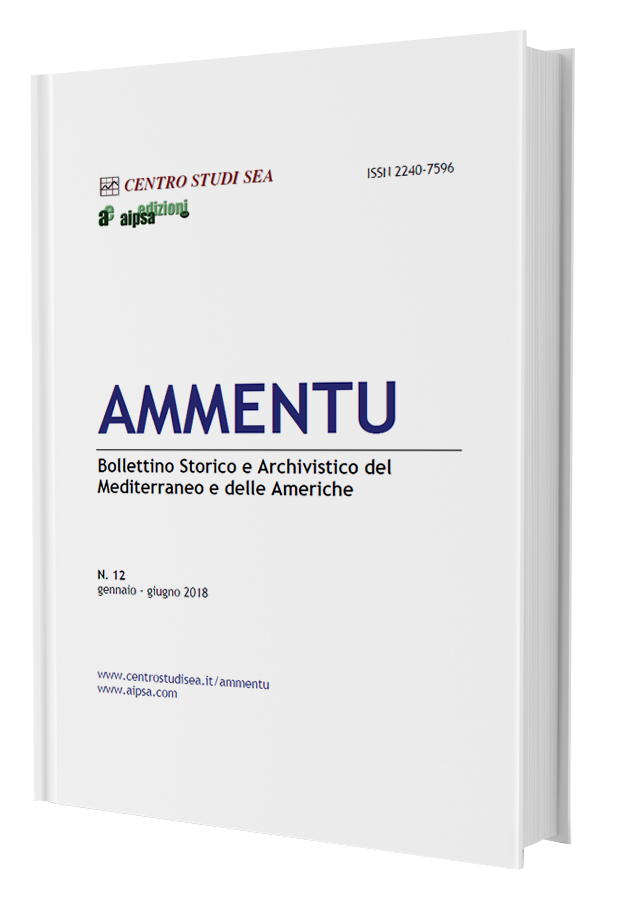The cultural representation of the Spanish-Moroccan War
DOI:
https://doi.org/10.19248/ammentu.309Palavras-chave:
Spanish-Moroccan war, Pedro Antonio de Alarcón, Mariano Fortuny, Diario de un testigo de la guerra de África, La batalla de TetuánResumo
The Spanish-Moroccan War implied the start of the colonial development in Morocco in the 19th century when the European colonialist countries (especially the United Kingdom and France) divided Africa, although it was not until 1912 that the Spanish Protectorate of Morocco was established.But this war was essential because in the national imaginary it was established as the moment in which the Spanish nation was recomposed to return to be a great Empire. Despite the result of the war being disappointed, it was a moment of development of the Spanish patriotism.
Consequently, the war aroused enormous interest among the population. The interest also was very important in the cultural field, which served to show to the population the development of the war between the Spanish troops and the Moroccans. In addition, some of the works tried to represent the Moroccan society to understand this territory that was the principal colonial interest of Spain. Pedro Antonio de Alarcón and Mariano Fortuny were the most important Spanish artists of the moment who portrayed the conflict. Their works were those which had the best quality of the period and those which marked the Hispanic consciousness about the Spanish-Moroccan war.
Downloads
Publicado
2018-12-06
Edição
Secção
DOSSIER - Perspectivas y derivas culturales. El estudio de las sociedades desde sus discursos
Licença
Nota sobre direitos de autorO aviso de direitos de autor (ou copyright) que figura mais abaixo constará entre as informações sobre a revista e os metadados de cada um dos artigos publicados. Apesar de cada revista poder determinar com total liberdade a forma e a substância do acordo de direitos de autor assinado com os autores, o Public Knowledge Project recomenda a utilização de uma licença Creative Commons. Para esse efeito, proporciona um exemplo que pode ser copiado e colado no espaço mais abaixo para as revistas que (a) ofereçam acesso livre, (b) ofereçam acesso livre diferido ou (c) que não ofereçam acesso livre.









